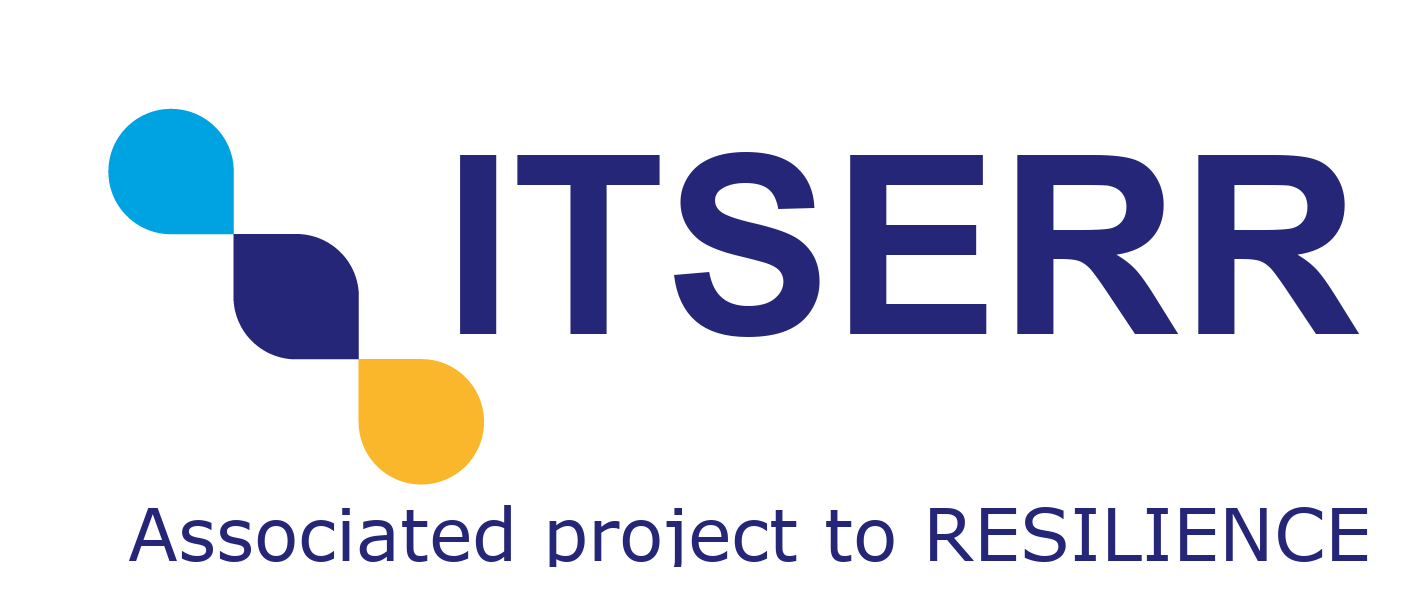AUTHORS: FILIPPO DIARA; FRANCESCO GIUSEPPE BARSACCHI; STEFANO DE MARTINO
URL: https://www.mdpi.com/2076-3417/14/11/4492
WORK PACKAGE: WP 9 – TAURUS
KEY WORDS: 3D scanning; cuneiform tablets; digital imaging; fingerprints; MSII; sealings
Abstract
This work and manuscript focus on how 3D scanning methodologies and post-processing analyses may help us to gain a deeper investigation of cuneiform tablets beyond the written content. The dataset proposed herein is a key part of the archaeological collection preserved in the Musei Reali of Turin in Italy; these archaeological artefacts enclose further important semantic information extractable through detailed 3D documentation and 3D model filtering. In fact, this scanning process is a fundamental tool for better reading of sealing impressions beneath the cuneiform text, as well as for understanding micrometric evidence of the fingerprints of scribes. Most of the seal impressions were made before the writing (like a watermark), and thus, they are not detectable to the naked eye due to cuneiform signs above them as well as the state of preservation. In this regard, 3D scanning and post-processing analysis could help in the analysis of these nearly invisible features impressed on tablets. For this reason, this work is also based on how 3D analyses may support the identification of the unperceived and almost invisible features concealed in clay tablets. Analysis of fingerprints and the depths of the signs can tell us about the worker’s strategies and the people beyond the artefacts. Three-dimensional models generated inside the Artec 3D ecosystem via Space Spider scanner and Artec Studio software were further investigated by applying specific filters and shaders. Digital light manipulation can reveal, through the dynamic displacement of light and shadows, particular details that can be deeply analysed with specific post-processing operations: for example, the MSII (multi-scale integral invariant) filter is a powerful tool exploited for revealing hidden and unperceived features such as fingerprints and sealing impressions (stratigraphically below cuneiform signs). Finally, the collected data will be handled twofold: in an open-access repository and through a common data environment (CDE) to aid in the data exchange process for project collaborators and common users.
